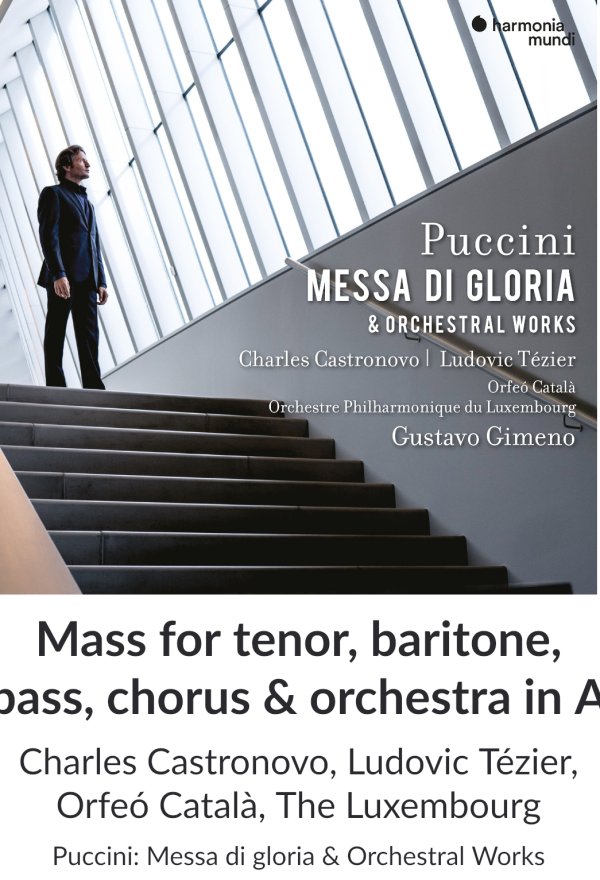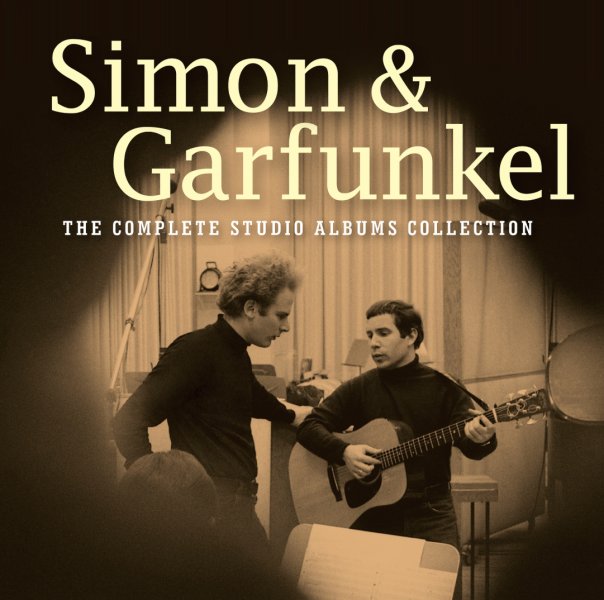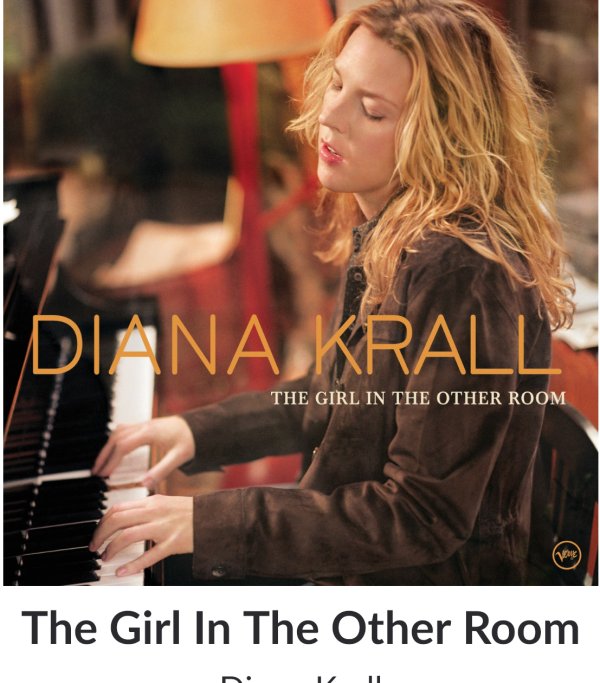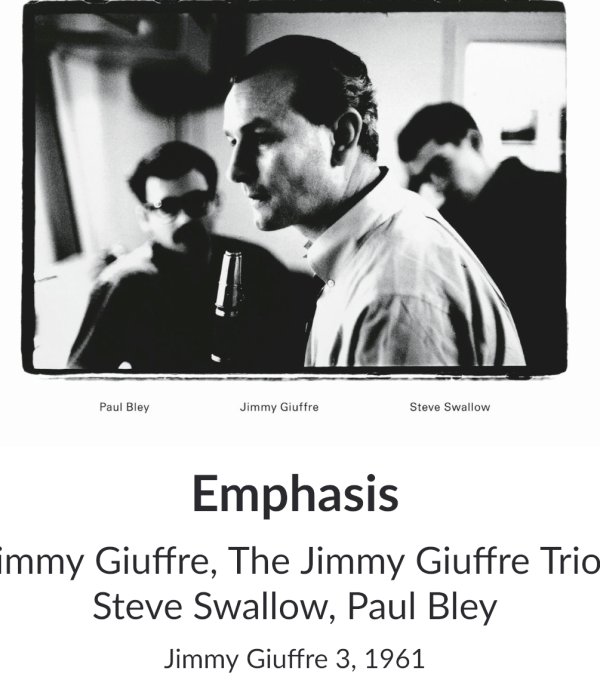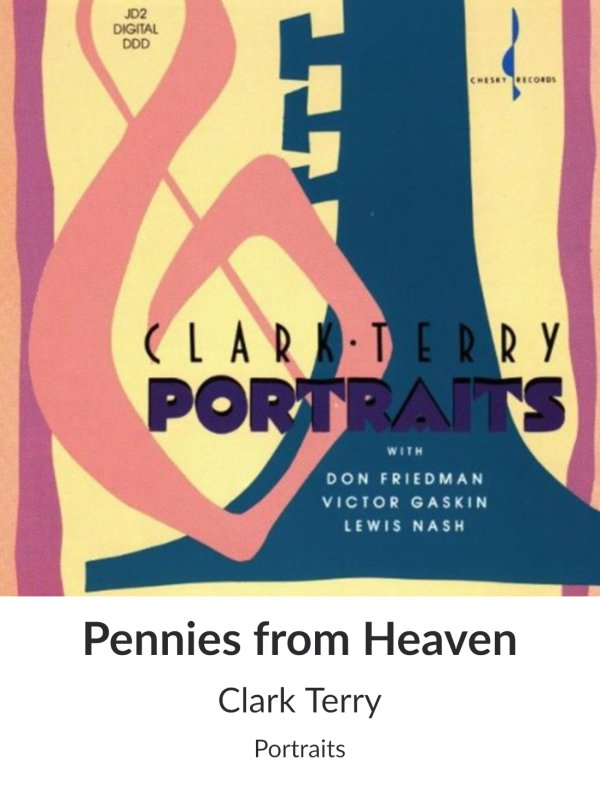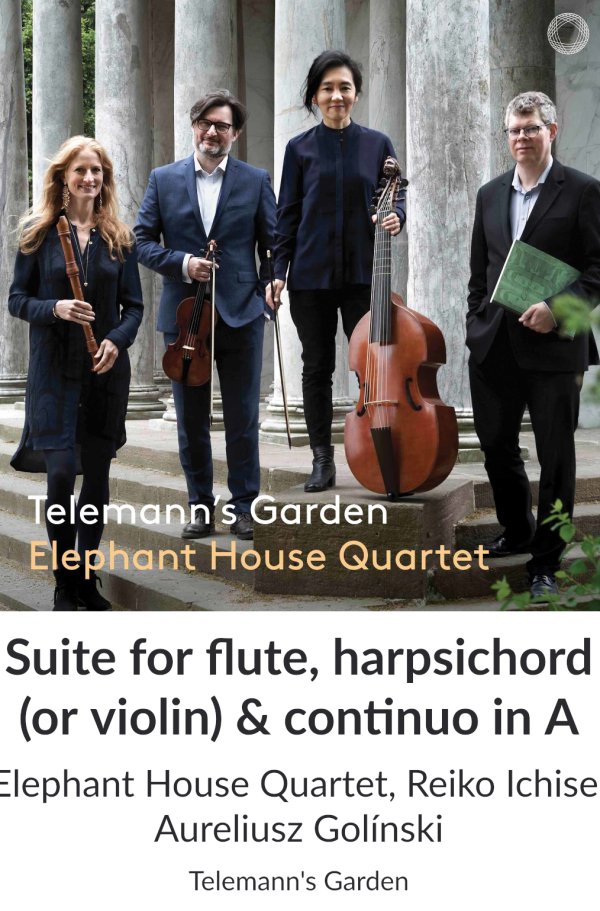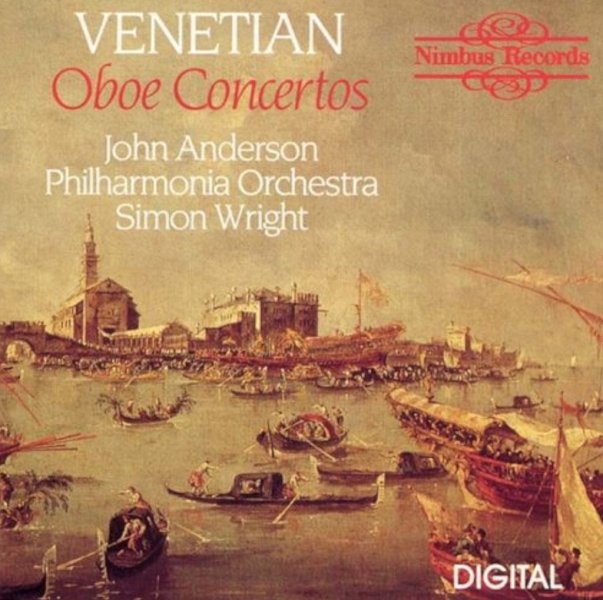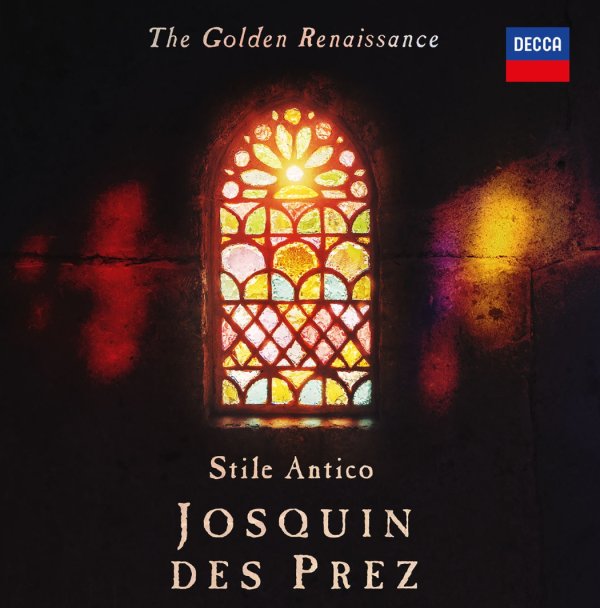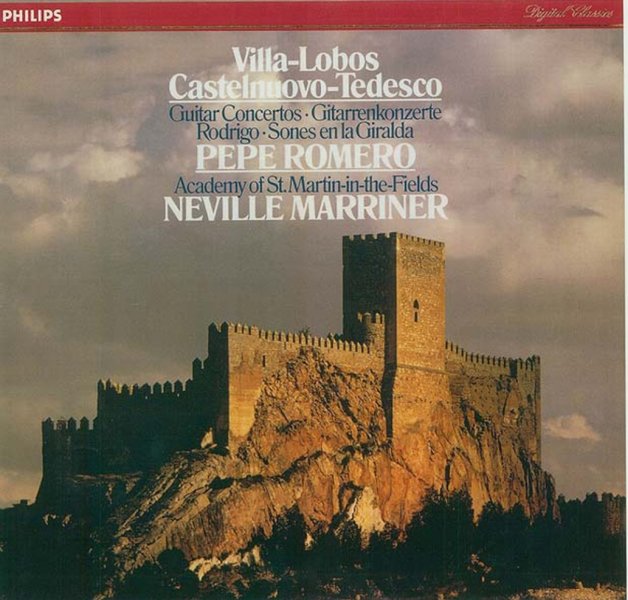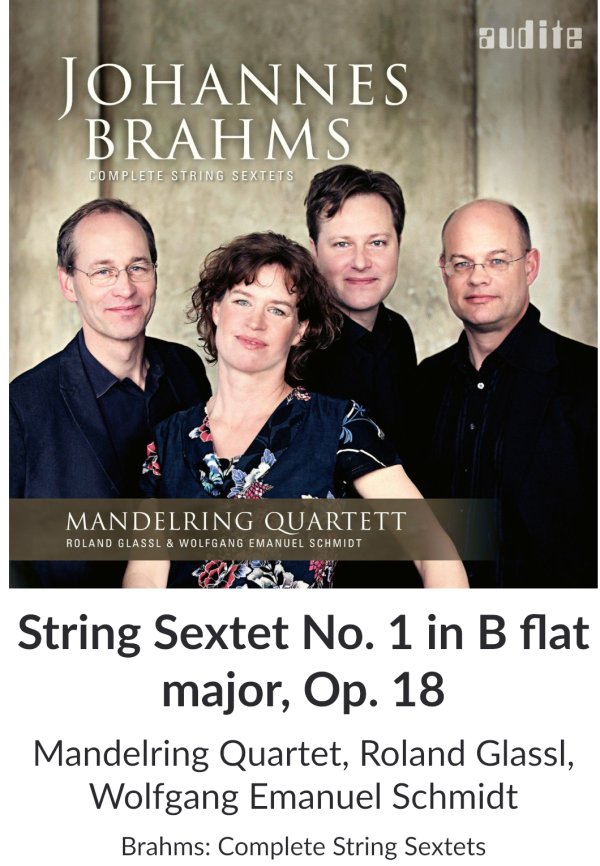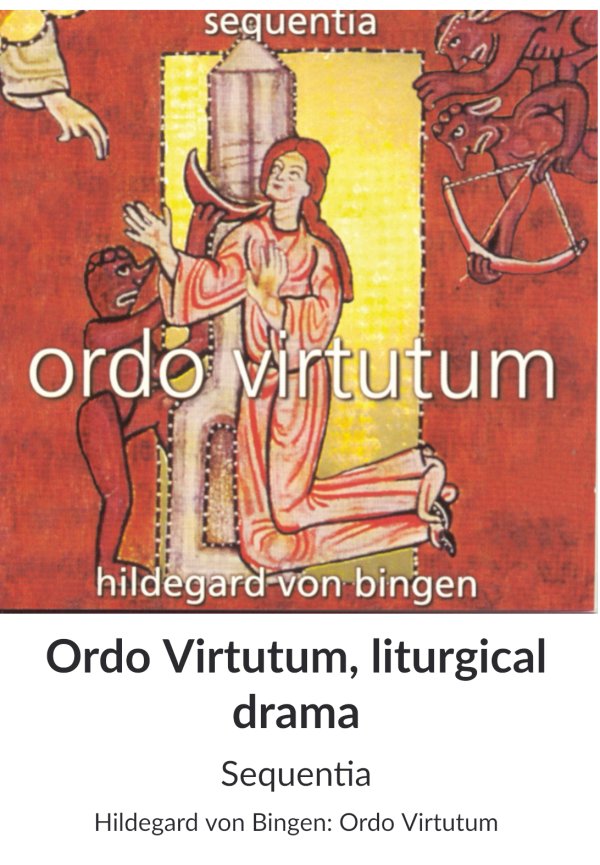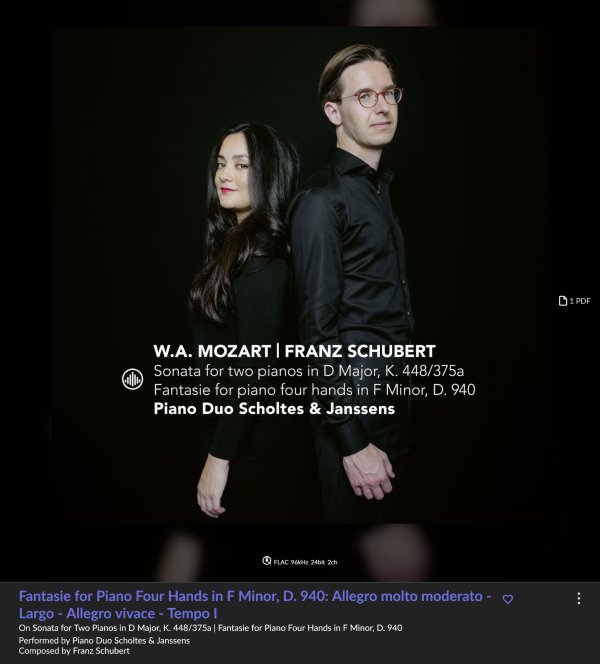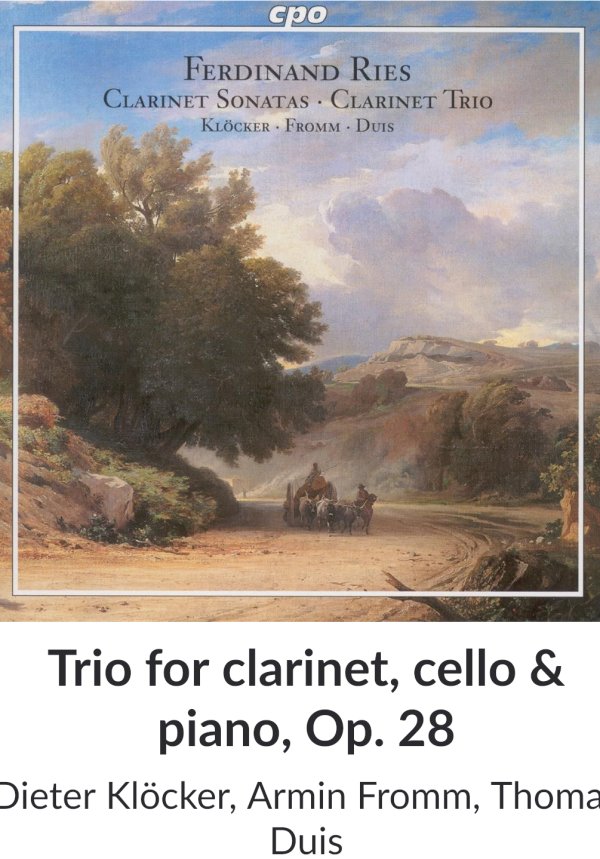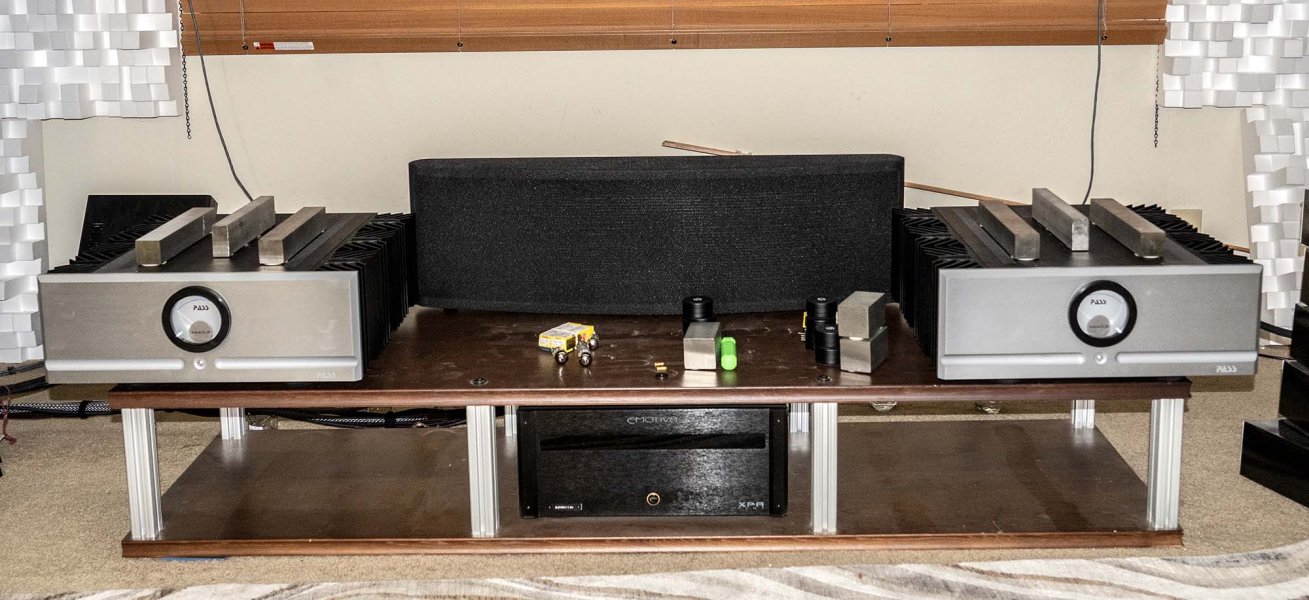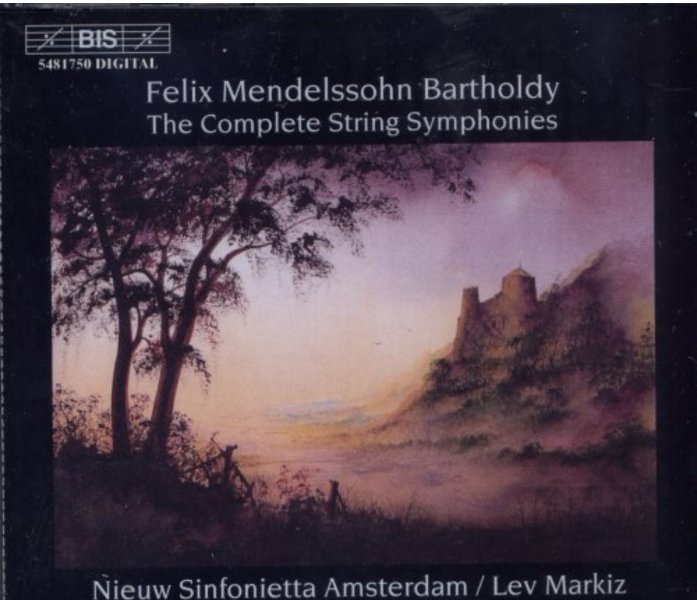Here’s a profoundly beautiful choral piece from Frank Martin, the Mass for two choirs. It’s a remarkable accident that this piece came to be performed at all. The composer regarded it as a personal conversation between himself and God.
As stated here:
If it had been up to Frank Martin, his Mass for double choir would never have reached the ears of audiences at large. For decades he considered this composition, dating from 1922-1926, as a private matter, or more precisely, as something between God and himself, which partly explains why he made no effort at all to have it performed. It was not until 1963 that the work was premiered, after a Hamburg choral conductor had requested a copy of the manuscript “for study purposes”.
Wow, lucky for us because this is a fabulous piece of music, profoundly moving. This performance by the Westminster choir sounds splendid on the big SL’s. The big choral climaxes come across uncompressed. The recording is closely miked but sounds like you’re in the first few rows of the church hearing this music. I’d love to hear this performed live in an actual church.
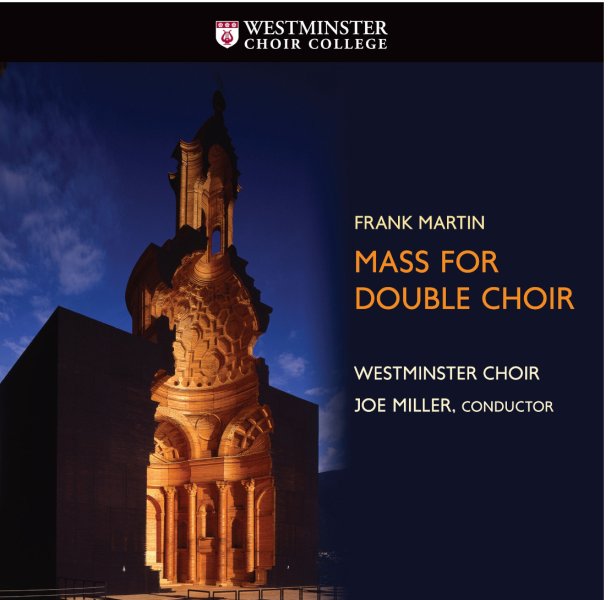
As stated here:
If it had been up to Frank Martin, his Mass for double choir would never have reached the ears of audiences at large. For decades he considered this composition, dating from 1922-1926, as a private matter, or more precisely, as something between God and himself, which partly explains why he made no effort at all to have it performed. It was not until 1963 that the work was premiered, after a Hamburg choral conductor had requested a copy of the manuscript “for study purposes”.
Wow, lucky for us because this is a fabulous piece of music, profoundly moving. This performance by the Westminster choir sounds splendid on the big SL’s. The big choral climaxes come across uncompressed. The recording is closely miked but sounds like you’re in the first few rows of the church hearing this music. I’d love to hear this performed live in an actual church.















